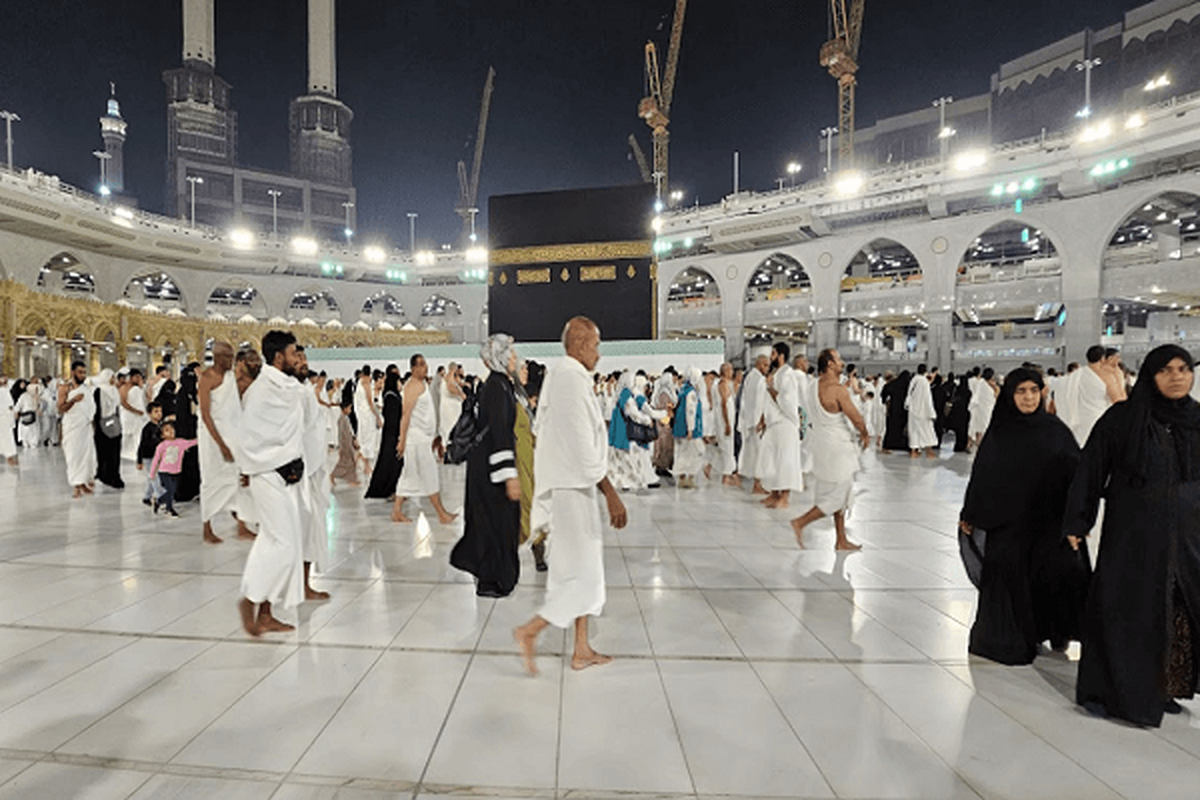Official Offers Health Tips for Hajj Pilgrims


During the Hajj pilgrimage, observing hygiene principles is challenging but extremely important, as the enjoyment of the journey depends on the pilgrim’s health, Fatemeh Abdedi told IQNA.
She said one important health issue is having suitable clothing for the pilgrimage and that includes light-colored, cool garments that are appropriately thick to comply with Islamic dress codes.
Additionally, light-colored clothes help reduce attraction to Aedes mosquitoes, she noted.
Light shoes that have been worn before and feel comfortable are recommended, along with several pairs of cool, cotton socks in light colors, she said, adding that it is also advisable to carry masks and preferably paper tissues.
Asked about the most common illness during the Hajj pilgrimage and how pilgrims can prevent it, Abedi said the most common illness during the trip is the common cold, and enduring a cold in warm weather, such as in Saudi Arabia, is much more difficult.
“The outdoor air outside hotels and shops is hot, but the air inside the buildings is much better. The rooms are shared and air conditioners are on, so for those who are sensitive to cold, especially the cold from air conditioning, it is recommended to bring warm clothing like a jacket and a hat for use inside the hotel rooms.”
People who have respiratory illnesses such as colds and the flu should keep their distance from others and wear a mask when attending gatherings, she stressed.

Abedi went on to say that to prevent diarrheal diseases, pilgrims are advised to avoid consuming uncovered food left out in the heat.
“Additionally, pilgrims should try to rest during the hot daytime hours to maintain their health, postpone leaving the hotel until after sunset, and only go out for ceremonies or to perform essential religious duties that cannot be done at other times.”
Read More:
Hajj is a pilgrimage to the holy city of Mecca that every able-bodied and financially able Muslim is obliged to undertake at least once during their lifetime.
The annual pilgrimage is regarded as one of the pillars of Islam and the largest act of mass pilgrimage in the world. It is also a demonstration of Muslims’ unity and their submission to Allah.
More than 85,000 Iranians will perform Hajj this year, with the first batch of Iranian pilgrims having already arrived in Mecca for the 2025 Hajj.
4280336
Translated by Seyed Hossein Beheshti Shakib



